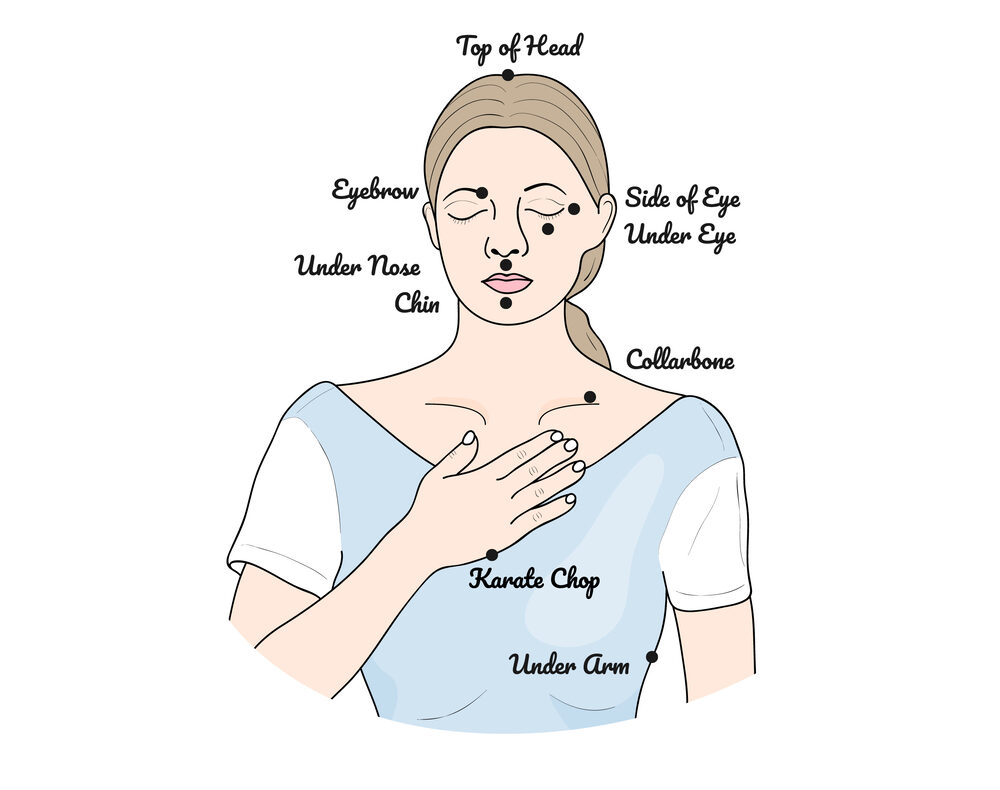
Conventional therapies
The World Health Organization defines mental health as “a state of mental well-being that enables people to cope with the stresses of life, realize their abilities, learn well and work well, and contribute to their community. […] It is more than the absence of mental disorders.” (source)
The health care system has traditionally focused more on treatment than on prevention. However, this is changing. Positive psychology focuses on what you can do instead of what you can’t.
It’s easy to blame something or someone for your struggles, but you yourself are ultimately responsible for your actions (the things you do or don’t do) and the way you feel. Notice how the word responsible consists of the words ‘respond’ and ‘able’. You are able to choose your response. That doesn’t mean that everything is your fault, but you do have a responsibility for your own experiences (see also).
In regard to anxiety and panic attacks, there are many ways to accomplish a life without unnecessary stress and anxiety.
Cognitive-behavioral therapy (CBT) is considered the most effective therapy for anxiety disorders. It focuses on learning skills to improve symptoms. It works for many people who suffer from anxiety and panic disorders. But unfortunately, it doesn’t work for everyone. Sometimes ‘just talk therapy’ isn’t enough.
That is when people start to look for alternatives. It’s easy to fall down a rabbit hole of tons of different kinds of methods that often advertise miraculous claims. Some, like hypnosis and EMDR, are more established than others, like Psych-K, EFT and NLP.
What are Psych-K, EFT and NLP about?
Psych-K
Psych-K is a method that uses applied kinesiology (muscle testing) to test whether a belief is true or false in the subconscious mind. The premise is that when a certain belief aligns in the conscious and subconscious minds, a tested muscle will show a ‘strong response’. However, when the subconscious mind has a belief, for example “I am not going to be successful in life”, but the conscious mind wants you to be successful, the tested muscle will show a ‘weak response’. Then, this information is used to change the subconscious belief by creating a ‘whole brain state’. This is claimed to be achieved by crossing limbs over the central meridians of the body, which would reinforce the crossover connections between the two hemispheres (left and right sides) of the brain while simultaneously focusing on the desired belief, e.g., “I’m going to be successful in life.”
EFT or ‘tapping’
The premise of energy psychology is that the cause of all stuck emotional states is a disruption of the body’s energy systems. Energy psychology uses a set of clinical and self-help approaches that integrate cognitive and exposure techniques with methods drawn from ancient healing and spiritual traditions. (source).
Emotional Freedom Techniques, or EFT, is a body/mind self-help method. The premise is that it works with the body’s subtle energy system, a network of energy pathways called meridians in Traditional Chinese Medicine. Tapping on specific points of the face and upper body would be a way to assist the brain in processing stored emotions. One round of tapping consists of a setup and a sequence.
The setup involves tapping on the side of the hand, while repeating a sentence three times, for example, “Even though I have this fear of flying, I accept that I feel this way.”
The sequence involves finger-tapping on (usually) 8 points on the body, starting from the crown of the head to the side of the upper body, below the armpit, while focusing on the specific issue during each tap.
The goal is that the intensity level of the perceived fear or stress is zero, or as low as it will go.

Neurolinguistic Programming (NLP)
NLP analyses excellence in people who achieve outstanding results to make a model that anybody can copy. It involves modifying the programming created by interactions among the brain, language, and body. The term neurolinguistic programming refers to the unconscious processes people use to produce behaviour and, therefore, results.
NLP’s four rules for success are:
- Know what you want. You need specific goals.
- Take action to get it.
- Be flexible. If your plan doesn’t work, try something else.
- Be aware. To see whether your plan is working or not, you need to always be aware.
One specific exercise that is often used in NLP, is the Disney method. The Disney method entails creative thinking around an outcome. The premise is that when you want to be successful in any endeavor, you need to be able to take the perspective of the dreamer, the realist, and the critic.
The dreamer thinks about all the possibilities without realism. Money or other possible boundaries don’t play a role. The realist thinks about what and who is needed to achieve the goal, what time frame is needed, and how to measure the steps or outcome. The critic is the filter. It assesses what is feasible or not.
Conclusion
The scientific basis and effectiveness of these methods are questionable or non-existent. Therefore, they are considered pseudoscience. Often these methods claim that they can solve your anxiety, or any other problem, within a matter of minutes or days. And that might be true for some people, if you believe that it works. And if you believe it, it might indeed be far more effective for you than just talk therapy, like conventional CBT.
The discussed methodes focus on outcomes and results instead of treating symptoms or diving into your history and why you are the way you are. That can be an asset to mental health support. Some alternative methods might be very useful as a complementary tool in a more holistic approach that strives for a sustainable solution.
If you have tried CBT for your panic attacks, but it didn’t work for you, you might consider The Program. This program is also a good option when therapists in your area have a long waiting list and you want to start working on your problem right now.